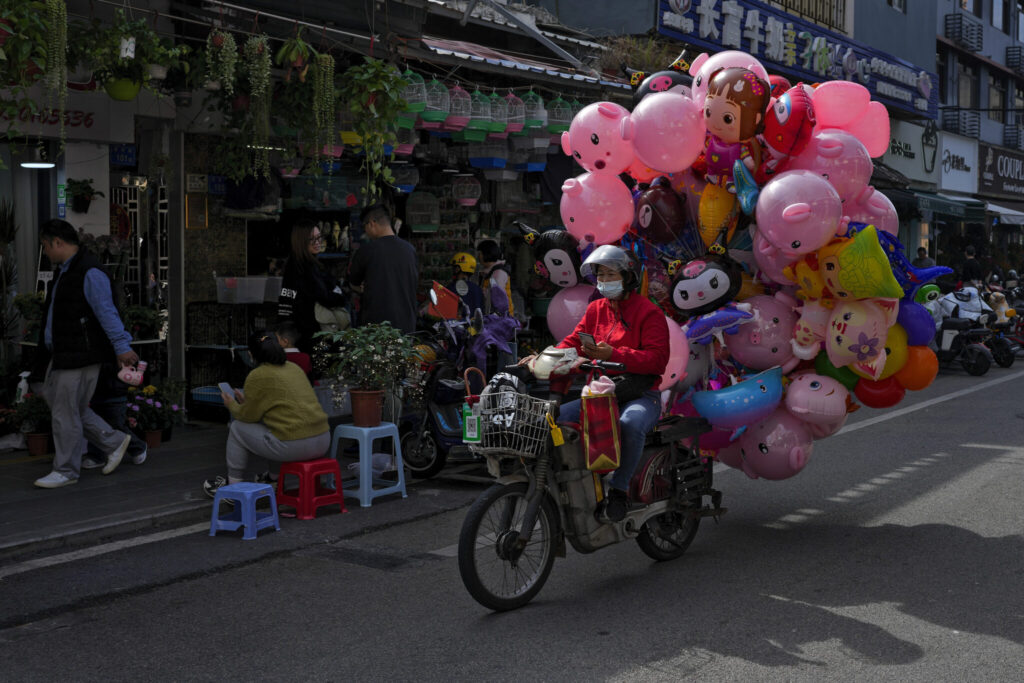A survey of factory managers in China shows manufacturing contracted in December in the latest sign the world’s second-largest economy remains sluggish. The official purchasing managers index, or PMI, fell to 49 last month in what officials said was evidence of weak demand, the National Bureau of Statistics reported on Sunday. It was the third straight month of contraction. The PMI is on a scale up to 100 where 50 marks the cutoff between expansion and contraction.
Quick Read
- Manufacturing Contracted in December: China’s official purchasing managers index (PMI) fell to 49 in December, indicating a contraction in manufacturing for the third consecutive month.
- Continued Economic Sluggishness: The PMI has shown a decline in eight of the past nine months, pointing to persistent weakness in the Chinese economy despite signs of improvement in November.
- Government Measures to Stimulate Economy: The Chinese government has increased infrastructure spending, reduced interest rates, and eased restrictions on home buying to boost domestic demand.
- Xi Jinping’s Remarks on Economic Transition: In his New Year speech, Chinese leader Xi Jinping claimed that China had made a “smooth transition” from its pandemic response and that the economy has become more resilient.
- Impact of Global Demand Fluctuations: Global demand fluctuations, influenced by central bank policies to combat inflation, have affected the demand for Chinese manufactured goods.
- Competition in Export Markets: As China relies heavily on exports for growth, the increase in manufacturing investment may lead to more competition and excess capacity due to weak global demand.
- Non-Manufacturing and Construction Sectors: While manufacturing contracted, the non-manufacturing PMI rose to 50.4 in December. The construction industry, in particular, showed significant expansion.
The Associated Press has the story:
Chinese factory activity slows in December in a 3rd straight month of contraction
Newslooks- BANGKOK (AP)
A survey of factory managers in China shows manufacturing contracted in December in the latest sign the world’s second-largest economy remains sluggish.
The official purchasing managers index, or PMI, fell to 49 last month in what officials said was evidence of weak demand, the National Bureau of Statistics reported on Sunday. It was the third straight month of contraction. The PMI is on a scale up to 100 where 50 marks the cutoff between expansion and contraction.
The index has fallen in eight of the past nine months, with an increase only in September. In November, the index was at 49.4, down from 49.5 the month before.

Despite unexpectedly prolonged weakness after the pandemic, China’s economy grew at a 5.2% pace in the first three quarters of the year and showed signs of improvement in November, with factory output and retail sales rising.

In recent months, the government has raised spending on construction of ports and other infrastructure, cut interest rates and eased curbs on home-buying to try to stimulate the domestic demand that economists say is needed to sustain growth.
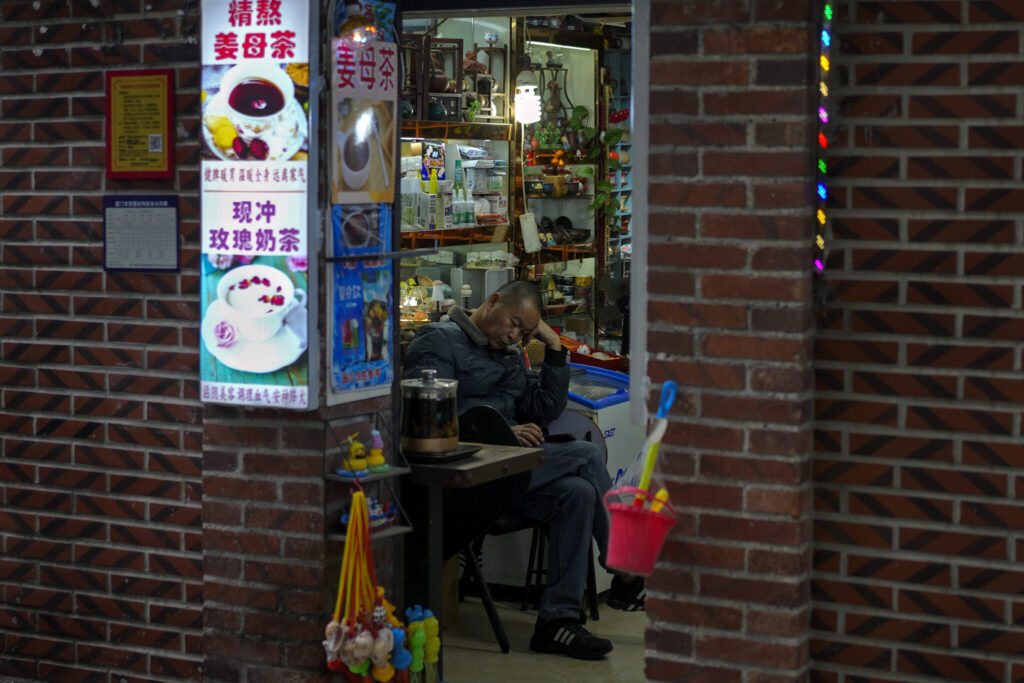
In his New Year speech, leader Xi Jinping said China had achieved a “smooth transition” from the country’s response to the pandemic, which at times involved the shut downs of factories and parts of or entire cities.
China’s economy has become “more resilient and dynamic than before,” Xi said in remarks carried by the official Xinhua News Agency.
Global demand for manufactured goods has suffered as central banks around the world have raised interest rates to battle decades-high rates of inflation. Price pressures have eased in recent months, but demand has yet to rebound to prepandemic levels. That has ramifications across the region since supply chains linked to China are scattered across many Asian countries.
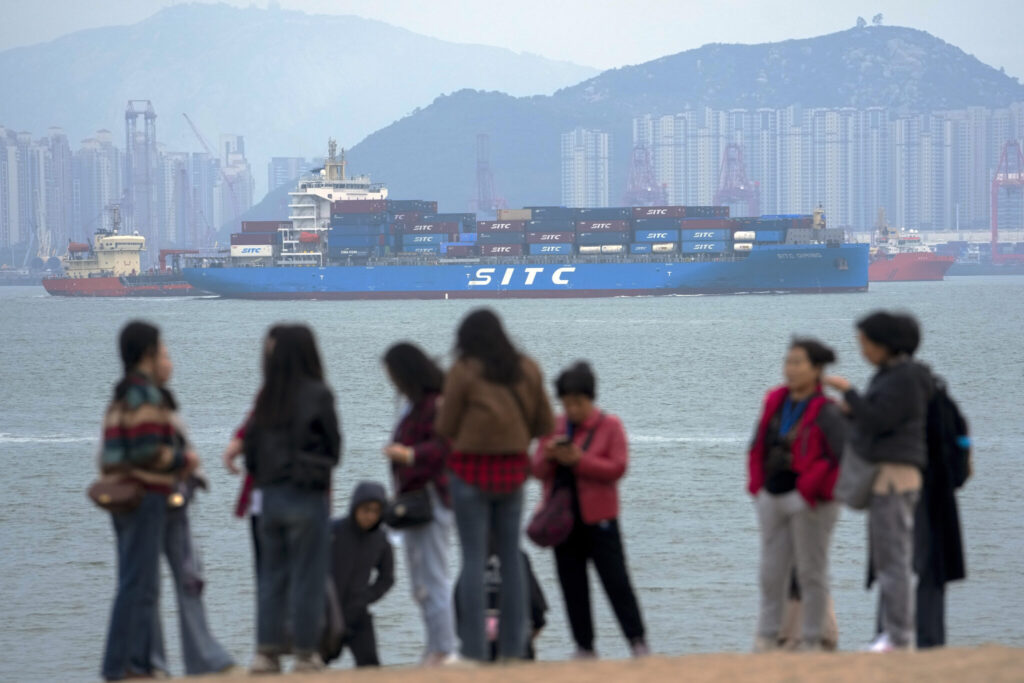
Reliance on exports to fuel growth in China means more competition as the government invests in still more industrial construction, Stephen Innes of SPI Asset Management said in a commentary. He noted that “the biggest constraint on the manufacturing sector hasn’t been access to capital but rather weak demand, so expanding manufacturing investment mostly means expanding excess capacity.”
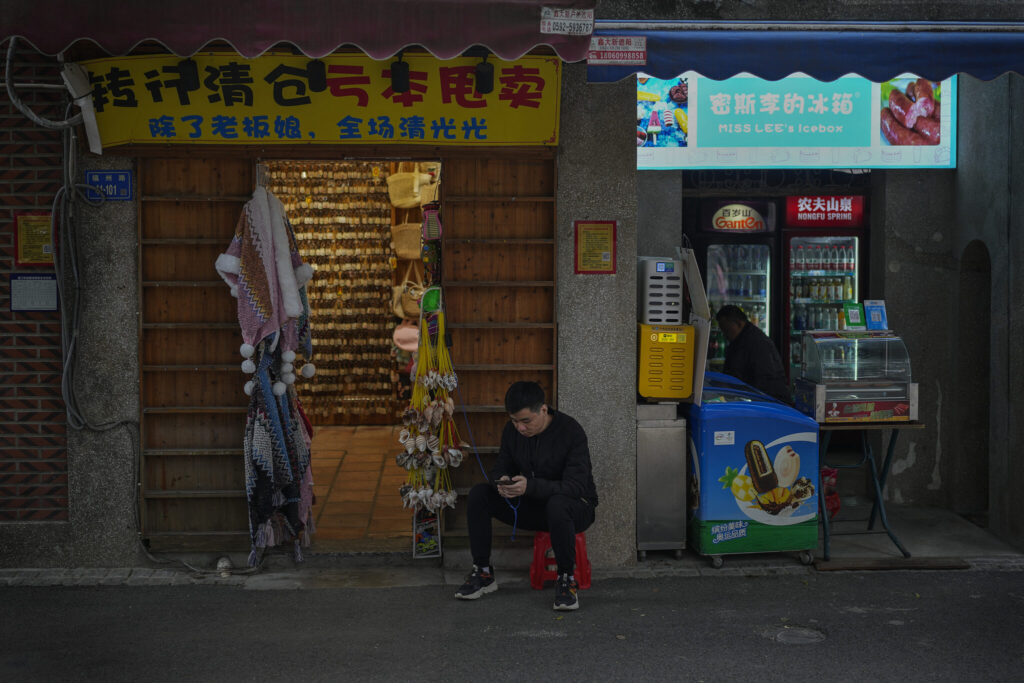
China’s non-manufacturing PMI rose in December to 50.4, the statistics bureau reported. The service sector PMI sub-index was 49.3, however, unchanged from November’s reading.
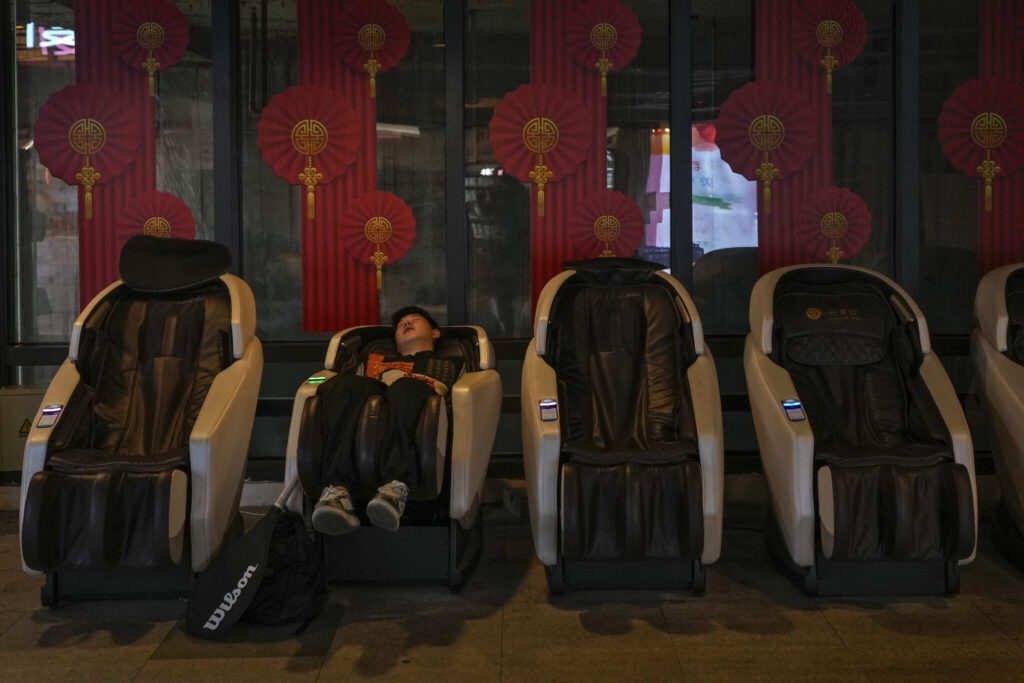
Despite a slump in the housing market brought about by a crackdown on excess borrowing by property developers, the construction industry is thriving: the sub-index for that sector climbed to 56.9 in December, well into expansionary territory, from 55 in November, the report said.

